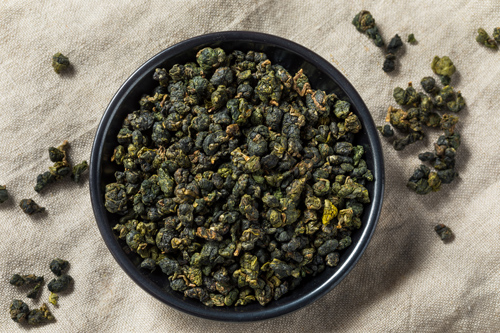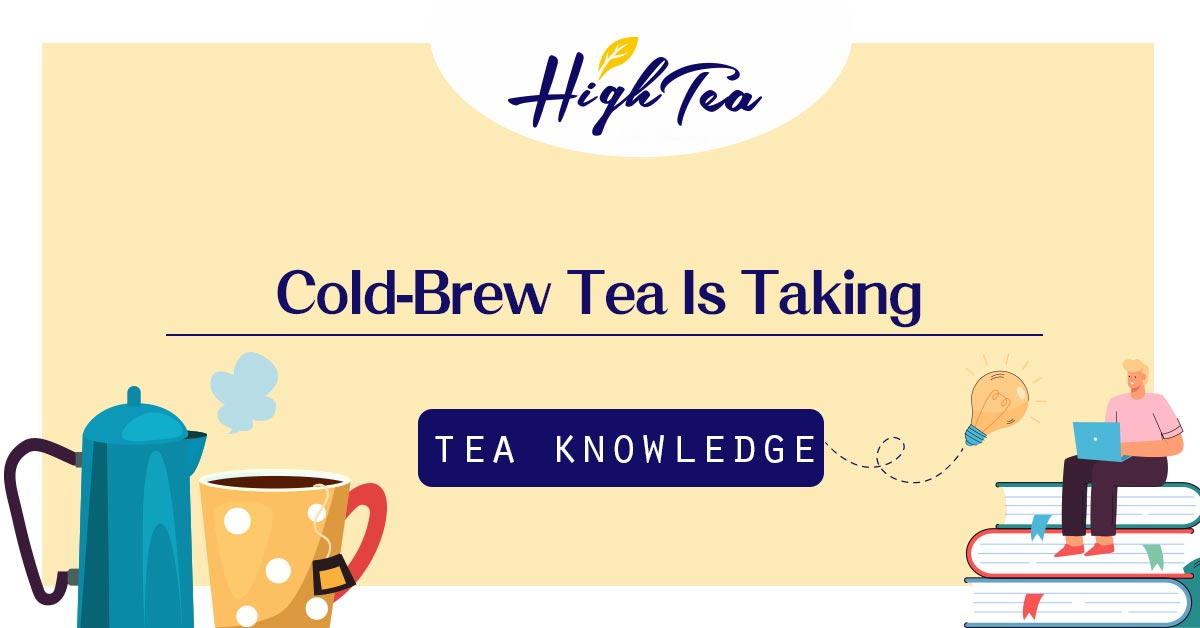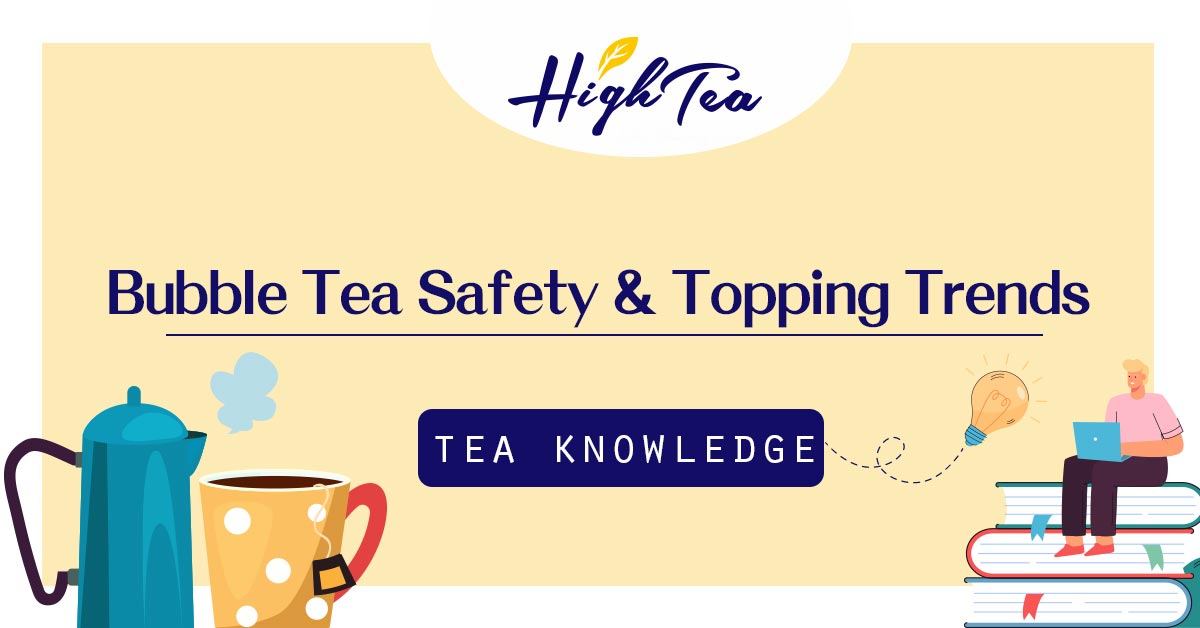
Discover the benefits of oolong tea, its commercial applications in bubble tea shops, cafés, restaurants, and how to brew it for consistent quality in a foodservice setting.
Oolong tea, a semi-fermented tea balancing the freshness of green tea and the richness of black tea, offers complex flavor and functional wellness benefits. As health trends grow and tea culture expands, oolong tea has emerged as a key ingredient not only for personal consumption but also for commercial use in cafés, restaurants, bakeries, and bubble tea shops. In this article, we explore oolong tea’s origin, health advantages, business applications, and preparation best practices tailored for B2B needs.
What Is Oolong Tea? A Brief Overview and Origins
Originating in China’s Fujian Province during the Qing Dynasty, oolong tea has gained a strong reputation for its distinctive production method—partial oxidation—which gives it a profile between green and black teas. The name “Oolong” comes from a tea artisan who accidentally allowed the leaves to oxidize, discovering a unique and aromatic result.
Today, oolong tea is produced in regions such as Guangdong and Taiwan and is appreciated globally. It is known for wide flavor variability depending on leaf variety, terroir, oxidation level, and roasting process.

Popular Oolong Varieties for Commercial Use
- Tieguanyin: Full-bodied and heavily roasted, best for bold milk teas.
- Dong Ding Oolong: Smooth Taiwanese variety with honey undertones.
- Jin Xuan: Naturally creamy, perfect for iced teas or milk tea bases.
- Four Seasons Spring: Light and floral, ideal for cold brews.
- Phoenix Dancong: Fragrant varietal with floral or fruity profiles, ideal for premium offerings.
Health Benefits of Oolong Tea for Wellness-Oriented Consumers
Oolong tea is not only flavorful but also delivers several potential health benefits that align with growing consumer demand for low-sugar and functional beverages.
- Boosts metabolism & fat digestion: Tea polyphenols aid in lipid metabolism, making it a popular after-meal drink.
- Natural antioxidants: Supports anti-aging and free radical defense.
- Blood sugar and cholesterol regulation: Some studies suggest it aids glycemic control and lipid management.
- Improves digestion and breath freshness: Helps gut movement and delivers a clean aftertaste.
- Provides clean energy: Contains moderate caffeine to enhance focus without jitters.
These qualities help position oolong tea as a staple for clean-label, health-forward beverage menus.
Oolong Tea Applications in the Food and Beverage Industry
Thanks to its versatility, oolong tea is used across multiple commercial formats:
1. Bubble Tea Shops and Beverage Chains
- Pure Tea Drinks: Use Four Seasons Spring or Jin Xuan for sugar-free tea options.
- Milk Tea Bases: Tieguanyin or Dong Ding Oolong create a deep, roasty profile.
- Fruit Tea Blends: Pairs well with passionfruit, pineapple, or grape for youth-oriented drinks.
2. Cafés and Beverage Boutiques
- Offer cold brew oolong or single-origin teas for non-coffee customers.
- Use oolong in creative drinks: tea lattes, sparkling teas, and mocktails.
3. Restaurants and Culinary Brands
- Serve oolong as cold or hot unsweetened tea with meals.
- Incorporate tea broth in sauces, dressings, or for braising meats.
4. Bakeries and Dessert Creators
- Oolong tea powder works well in cheesecakes, scones, or mille crepes.
- Blends beautifully with flavors like citrus, milk, or brown sugar.
Whether in leaf, bag, extract, or powder form, oolong tea is adaptable for product innovation.
Brewing Oolong Tea for Consistent Commercial Results
Correct brewing techniques are essential to maintaining quality across locations and batches.
Recommended Brewing Guidelines:
- Ratio: 1:40–1:50 tea-to-water; adjust based on flavor profile needs.
- Water Temp: Brew between 85–90°C to reduce bitterness.
- Steep Time: 5–7 minutes, depending on roast level and variety.
- Cold Brew: Steep Four Seasons or Jin Xuan in cool water for 6–8 hours.
- Storage: Keep brewed tea refrigerated and use within 4 hours.
- Batch Ready: Pre-blend tea with syrups for fast assembly during rush hours.
For businesses with high turnover or multiple outlets, smart brewing equipment can help automate and stabilize the process.
Why Every Food Business Should Have a Signature Oolong Item
Oolong tea meets the intersection of flavor complexity, health benefits, and format versatility. From hot drinks and iced lattes to bakery fillings and sauce reductions, it offers unique potential for differentiation.
Creating a standout oolong-based item—whether a signature tea blend or tea-inspired dessert—can enhance brand value and increase customer retention.
FAQs About Oolong Tea for Business Use
Q: Is oolong tea caffeine-free? A: No, but it has moderate caffeine levels—less than coffee or black tea.
Q: Can oolong tea be cold brewed for bulk use? A: Yes. Light oolongs are ideal for large-batch cold brewing.
Q: What type of oolong is best for milk tea? A: Heavier roasted oolongs like Tieguanyin or Dong Ding for full-bodied flavor.
Q: Do suppliers offer oolong tea in instant or powder format? A: Yes, oolong is available in powder, extract, or RTD-compatible formats for efficiency.
Ready to add oolong tea to your menu or product line? Let our team help you find the best oolong tea solution for your café, restaurant, or brand. Contact us for wholesale information, sample kits, and commercial brewing support.
Contact US→https://en.highteaworld.com/en/contact-us/




